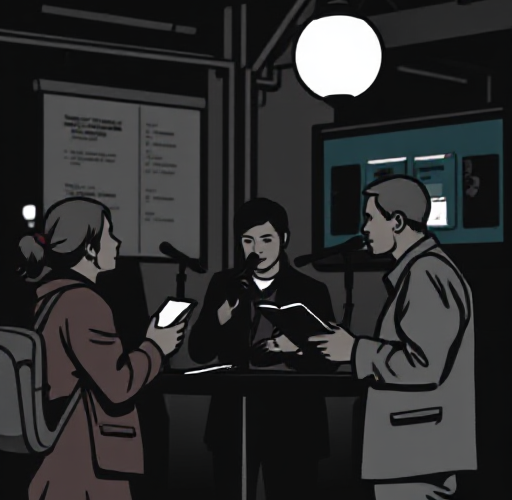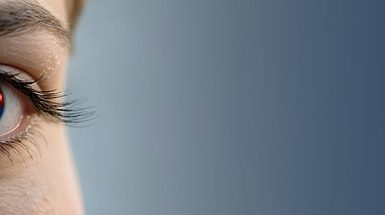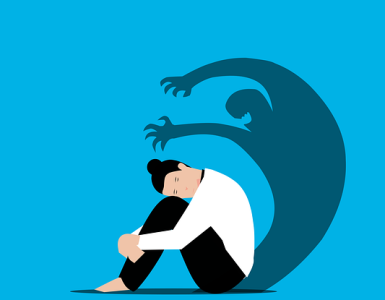Picture this: you’re chatting with a friend over coffee, and they’re leaning in, nodding, and making eye contact. You feel connected, right? That’s body language at work, creating a warm, inviting atmosphere. Now, flip the script. Imagine your friend is crossed armed, looking away. Suddenly, the vibe shifts. You might feel like you’re talking to a brick wall, and it leaves you wondering if something’s amiss.
So, why does body language hold such significance? Well, it adds emotional depth to our words. Think of it as icing on the cake – it enhances the flavor. A smile, for instance, can turn a simple greeting into an invitation for conversation. Conversely, fidgeting or avoiding eye contact can signal discomfort, even if you’re saying all the right things. It’s like a pop quiz in a language class: you might ace the words, but if your body says “I don’t want to be here,” guess what? You fail.
Moreover, body language can bridge or widen gaps in understanding. When you’re delivering tough news—think of a boss firing an employee—how you present that news can shape the entire experience. A gentle posture and empathetic gaze can soften the blow, while a stiff stance and lack of eye contact can hit like a punch in the gut. It’s clear that the way we carry ourselves matters just as much as the words we choose. So, next time you’re in a conversation, pay attention to those unspoken signals and watch as your communication transforms!
Common Body Language Signals
Take eye contact, for example. It’s not just about gazing into someone’s eyes; it’s a powerful tool. Holding someone’s gaze can indicate confidence and interest, while avoiding eye contact might scream discomfort or disinterest. It’s like a dance—when your eyes lock, it’s a silent invitation to engage, but when they dart away, it can feel like a door is being shut.
Then there’s the way we use our hands. A person who gestures widely while talking might be passionate about the subject, painting a vivid picture in the air. On the flip side, crossed arms often signal defensiveness or resistance. It’s as if that person has built an invisible wall, and the conversation is trying to break it down.
And let’s not forget posture! Slouching can give off a vibe of disinterest or lack of confidence. Think of someone standing tall as a mighty tree—rooted and commanding presence. People are naturally drawn to those who carry themselves with confidence, like moths to a flame!
How to Read and Use Nonverbal Cues
When you’re in a chat, pay attention to the way the other person’s body moves. Leaning in might mean they’re genuinely interested, while crossed arms could indicate they’re feeling defensive or closed off. It’s like a secret language that opens up a world of understanding. Ever noticed how a smile can light up a room? That’s a powerful nonverbal cue, conveying warmth and friendliness that can instantly put others at ease.
Eye contact, too, is a big player. It creates a connection, almost like an invisible thread weaving two people together. But don’t overdo it! Staring at someone can feel like being trapped under a spotlight. Instead, aim for a natural flow—mix it up with glances away, creating a balance that feels comfortable.
And here’s a fun tip: if you’re gauging someone’s honesty or interest, watch their hands. An open gesture can suggest transparency, while fidgeting or hiding hands might signal nervousness. It’s fascinating, right? Nonverbal cues can unveil feelings and emotions that words sometimes can’t capture.
Think of yourself as a detective, piecing clues together to get the full story. The more you tune into these cues, the richer your communication will become. So next time you’re chatting with someone, don’t just listen to the words—watch the body language, and you’ll unlock a deeper level of interaction!

























Add comment